The Peugeot e-2008 is a crossover SUV that houses an all-electric powertrain, it sits alongside the manufacturer’s petrol and diesel variants. First announced in 2019, as part of Groupe PSA’s second generation of the 2008 line, the electric variant marks a new era of mobility for the French automaker, that’s looking to have a 100% electrified vehicle lineup by 2025.
The question is: can it compete with its rivals? From budget alternatives, such as from MG to more premium offerings from the likes of Hyundai and Kia, among a few others.
If you’d prefer to watch a review of the Peugeot e-2008, head on over to our YouTube channel.
Peugeot e-2008 price & competition
Indeed, the Peugeot e-2008 comes in at an interesting price point. It starts from £33,680 and goes up to £39,630 for the top-spec variant. There are five trims to choose from, and it starts with the Active Premium – it comes with the following as standard:
- 100kW of power, with 260Nm of torque and a top speed of 93 mph
- An all-electric range of up to 206 miles under the WLTP cycle
- Up to 100 kW input charge
- 16″ Elborn alloy wheels
- Halogen headlights and LED daytime running lights
- 7″ capacitive colour touchscreen that supports Android Auto and Apple CarPlay
- 3.5″ colour matric instrument display
- Manually adjustable front seats
- One front USB Type-A and Type-C port
- Two rear USB Type-A ports
- A six-speaker sound system
- Pre-heating functionality
Move up to the Allure at £34,880 and you get the following added on:
- 17″ Salamanca diamond-cut alloys
- Gloss black roof rails
- 180° reversing camera
- Dark tinted rear side and tailgate windows
- Front armrest with storage
The slightly dearer Allure Premium at £35,330 adds:
- Configurable 3D i-Cockpit instrument cluster
- LED front fog lights with cornering function
Onto the GT line (on review) at £37,630 and you’ll get the following:
- Full LED headlights with smartbeam assist
- Blind sport monitoring
- 3D connected navigation
- 10” capacitive colour touchscreen
- Wireless smartphone charging pad
- Front parking sensors
- Eight-colour interior ambient lighting
- Aluminium pedals
- Heated front seats
- Lime green contrast stitching across the cabin
And finally, with the top-spec £39,630 GT Premium, you get:
- 18″ Bund or Evissa diamond-cut alloys
- Adaptive cruise control and lane positioning assist
- Keyless entry
- Panoramic opening glass roof
Find the best Peugeot e-2008 deals
It’s certainly nice to see that no matter which trim level you choose, all models feature the same powertrain, charging and battery capacity.
Likewise, all trims come in the same colour as standard: Orange Fusion. If you’d like a different colour, there are a few to choose from at an additional cost. Onyx Black will set you back £300, while Cumulus Grey and Nera Black will cost £575. The pictured Vertigo Blue, Peal White and Elixir Red cost £725.
As for its competitors, there are a few to choose from: the MG ZS EV starts from £25,495; the 39 kWh (180-mile WLTP) Kia e-Niro ‘2’ at £29,845 and the longer-range (282-mile WLTP) e-Niro ‘3’ at £34,100; then there’s the Hyundai Kona Electric that starts from £30,150 for the 180-mile WLTP variant, with the 282-mile WLTP model coming in at £36,150.
There is also Groupe PSA’s upcoming C-segment SUV, the Citroen e-C4, which starts from £29,180 and goes up to £31,330. The e-C4 claims to run for 217 miles on the WLTP cycle.
Past that you’ve got a few ‘premium’ all-electric SUVs to consider: the Audi e-tron at £61,350; Jaguar I-Pace at £65,195; Mercedes EQC at £65,720; Tesla Model X at £98,980.
Read next: Government car grant for electric cars: A complete guide on the PICG
Peugeot e-2008 exterior review
Despite it not costing the same as some of its ‘premium’ rivals, the Peugeot e-2008 is arguably one of the best-looking SUVs on the market – of course, the matter is subjective but we feel the French manufacturer has really stepped up to the challenge in this department.
Design by Sandeep Bhambra, a Senior Designer at Peugeot, the vehicle strikes a great balance between a sporty look and one that will appeal to the masses. It all starts with the vehicle’s front bumper, more precisely that large-sized front grille, which we feel fits with the rest of the e-2008’s design; over 65% of respondents to TotallyEV’s Instagram poll, agreed – the grille isn’t oversized.
On either side of the dotted panel, resides stylish-looking headlights and daytime running LED lights. The front of the vehicle’s design is then brought together with a chrome front lip; it’s a thing of beauty.
At the side, you’re treated with 16 to 18″ alloys – the latter ‘Bund’ diamond-cut alloys are pictured – and black-coloured plastic wheel arches and side skirts. We’re not a fan of non-body-coloured inserts, however, on the e-2008 it works, as the automaker has managed to preserve a flush design.
Around the back, the Peugeot further excels. The thin taillights give the vehicle a sporty finish, while the protruding plastic bumper with a chrome trim blends well with the rest of the SUV’s design, and further servers a purpose when it comes to loading.
From the exterior, it’s safe to say, the Peugeot e-2008 will turn a few heads. We noticed numerous individuals looking at the vehicle as we drove it around London.
Read next: Citroen e-C4 first drive: A comfortable all-electric SUV
Peugeot e-2008 interior review
A sense of style oozes around the interior of the cabin, too. The steering wheel has a small form-factor with the top and bottom of the wheel shaved to reduce its footprint. Its compact size lends itself to be easier to grip and manoeuvre; given the size of the SUV, it’s almost as if the steering wheel has been taken from a go-kart or a single-seater racing car – it has a sporty feel to it.
This slender design philosophy also extends up to the instrument cluster, although, in this instance, we feel Peugeot has gone a step too far. Due to the automaker’s inclusion of the 3D i-Cockpit, which outputs a three-dimensional-looking instrument cluster thanks to a downward-facing screen, the instrument cluster isn’t easily visible. The casing that resides around the cluster, which houses the second ‘screen’, means the cluster sits further back into the dashboard, all while its housing has to stretch out reducing the field of view.
Furthermore, the implementation of this ‘3D’ design is a little sluggish to respond to commands; it’s not as snappy as we’d have imagined. The cluster is also limited in terms of customisation and does take a few minutes for your eyes to adjust to its 3D look. Ultimately, we feel the instrument cluster has been over-designed for no real reason.
A similar thought comes to mind with the inclusion of both capacitive and physical buttons lined across the dashboard. It would seem the French manufacturer was caught in two minds: it wanted to get rid of physical buttons but couldn’t lead itself to eradicate them and instead opted to place a few touch-sensitive buttons. It’s all a little convoluted, but we’re glad a physical volume knob remains.
Read next: Audi A8 audio review: Is the Bang & Olufsen system worth it?
On that note, the infotainment system is also confusing. While adjusting the climate controls are easy – due to two permanent placeholders that reside on either side of the display, which allow for quick access – the menu system is absolutely shambolic. There’s no home button (you’ll need to tap with three fingers to access it), and there’s no intuitive way to navigate to your preferred location. For example, if you wish to switch between the radio and Android Auto or Apple CarPlay, you’ll need to tap on the capacitive media button then select your source/app. There’s no quick access through the display, unless of course, you revert back to the home screen, which in itself can be hard to access if you have wet fingers.
Despite these negative points, most of the other elements are well-thought-out. The infotainment display that’s mounted at the centre of the dashboard is angled toward the driver, making it easier to use. A USB Type-A and Type-C port also make it convenient to charge your device (there are a further two USB Type-A ports at the rear, too) and connect to the vehicle’s system via Android Auto or Apple Car Play. You can also connect over Bluetooth, where the SBC and AAC codecs are preset; the latter provides better wireless transmission quality.
Here, the e-2008 houses a six-speaker audio system that sounds spectacular. If you’d like to hear how it performs, watch our dedicated review of the audio system on YouTube.
Onto the centre console, and you’ll find a wireless charging pad (standard on the GT and GT Premium) and a 12V cigarette lighter that sits right under it. A small storage bay provides a place for you to store a few valuables. Here, space is limited, where if you were to plug in a smartphone, it won’t fit horizontally in place. Thankfully, there’s ample amount of storage under the armrest for you to place a large-size purse or wallet. Two cupholders also reside by the centre console, which sit by the sleek-looking gear selector.
Read next: MG ZS EV review: An affordable all-electric SUV
Peugeot e-2008 storage review
On the subject of storage, there’s a compartment within each of the four doors, where the front two will also fit a 500ml bottle.
As for the boot, there’s 434 litres of space and with the seats down this figure extends up to 1,467 litres; it’s among the largest boot capacities available when pitted against its similarily-priced rivals: the Kia e-Niro (451/1,405 litres); MG ZS EV (448/1,375 litres); Citroen e-C4 (380/1,250 litres); Hyundai Kona Electric (332/1,114 litres). If you’re looking for a larger cargo volume, the Audi e-tron offers a whopping 660 and 1,725 litres, respectively.
It’s also refreshing to see that Peugeot has retained a flat boot floor, making it easy for those who own pets or want to frequently move larger-sized goods. Better yet, the boot floor can be lifted to reveal a slender area to store away your charging cables or have small-sized bags hidden away from view. When it comes to design, yet again, Peugeot has outdone itself.
Read next: Renault Zoe review: Best electric family car?
Peugeot e-2008 comfort review
When it comes to seating, the e-2008 caters for five adults. Both the front and rear seats offer ample amount of legroom and headroom, namely at the back, where Peugeot has cleverly curved the rear portion of the roof. Here, 6-foot 4-inches (193cm) individuals can be seated at the back without feeling henned in, which isn’t the same thing that can be said about its competitors. All five seats are also comfortable, with enough padding both at the front and the rear of the cabin.
It is, however, slightly disappointing not to see the middle seat reveal an armrest or a set of cupholders when it’s not in use. Furthermore, the front seats are limited to manual adjustments only, where electronic seats would have been expected at this price point.
As for cabin noise, the e-2008 is well insulated. There’s a limited amount of tyre noise that creeps in when driving at speed, and wind deflects marvellously off the A-pillars. It might not compete with the likes of the Audi e-tron in this department, but it’s still up there when it comes to noise isolation.
Read next: Hyundai Kona Electric review: Kia e-Niro alternative?
Peugeot e-2008 performance review
Similarly, in terms of performance, the e-2008 isn’t as nippy as its Audi counterpart. Using Racelogic’s Vbox Sport, we measured a 0-60mph time of 8.5 seconds, where the Audi achieves the same speed in under six seconds.
That’s not to say it’s sluggish, far from it, as the all-electric powertrain will leave many with a smile on their face; especially when compared to the e-2008’s gasoline variants, which sit around the nine-to-ten-second mark. Throw in 260 Nm of readily available torque from its 100 kW motor and you’ll most likely never want to drive an ICE-powered SUV ever again.
Find the best Peugeot e-2008 deals
To access the full potential of the e-2008’s powertrain, you’ll need to lob it into Sport mode, as Normal grants you 80 kW of power (220 Nm of torque), and Eco mode limits it further to 60 kW with just 180 Nm of torque available. Top speed in Sport mode is limited to 93mph.
When it comes to handling, the Peugeot does a marvellous job when driven at speed on country roads; the suspension is set up to prevent the SUV in rocking from side-to-side. However, this does have its disadvantages, as when driven around a town centre the firmer set up means you’ll feel more of the road – potholes and speed bumps can be felt, wherein comparison to the cushiony Audi e-tron, which uses active air suspension, the e-2008 doesn’t quite glide over such obstacles. In comparison to its similarly-priced rivals, the Hyundai Kona Electric, Kia e-Niro and Citroen e-C4 also have a softer setup, while the MG ZS EV is the stiffest out of the bunch.
Buy a car phone mount on Amazon (Affiliate)
While its raw performance is on-par, and in certain scenarios, better than some of its rivals, the e-2008 falls short in the most important department for an all-electric vehicle – its driving range.
Peugeot claims its 50 kWh vehicle can achieve between 191-206 miles on a single charge, however, this is in a best-case scenario. Realistically, you should expect between 140-160 miles in mixed driving conditions, which pits it directly against the much cheaper MG ZS EV, and a little below the Audi e-tron which manages 190-200 miles in TotallyEV’s mixed driving tests.
In this instance, the 64 kWh Kia e-Niro and Hyundai Kona Electric both achieved between 240-260 miles on a single charge – a 100-mile difference for effectively the same price tag. A real let down by the French automaker, but equally not too surprising given the Hyundai Group has long-standing ties with South Korean battery manufacturer, LG Chem – allowing for the two companies to maximise the effectiveness of their battery packs.
We are also disheartened to find only one regenerative braking mode on the e-2008; B-mode can be initiated by shifting down on the gear selector, where it’ll apply a little bit of resistance. Unfortunately, there’s no means of tailoring the harshness of the braking, which means it should be treated as an on and off toggle, only. Furthermore, you’ll need to initiate this each time you step inside the vehicle, as the Peugeot won’t save your previously used regenerative braking mode.
It would have also been appreciated if B-mode had a more severe impact on braking. We found ourselves relying on the brake pedal a lot more in the e-2008 in comparison to all of its other rivals, which all decelerate a lot quicker. It’s near-impossible to drive within the city using one-pedal, only – a selling point we feel for electric vehicles, as they become even easier to drive over their gasoline counterparts.
Read next: Volkswagen e-up! review: A bite-sized electric car
To recharge the vehicle more effectively, the French automaker has enabled up to 100 kW input via a CCS port, which allows the e-2008 to go from 15-80% in just 30 minutes. Put on a 50 kW public charger, and this figure grows to 45 minutes. If you are to recharge using a 7 kW home or public charger, it’ll take a whopping 7hrs 30 mins to go from 0-100% via a Type 2 connection.
As for safety systems, there are a few baked into the vehicle’s system. We suspect most will want to use cruise control, real-time traffic and speedcam recognition (as standard on GT and GT Premium), lane positioning assist (as standard on GT Premium), blind-spot monitoring (as standard on GT and GT Premium) and driver attention warning. We found all systems work really well, namely the traffic sign recognition which works in conjunction with the speedcam feature; it’ll accurately detect changes in the speed limit and warn you through the instrument cluster of an upcoming speed trap. It’s clever and works a treat.
Read next: Kia e-Niro review: The best all-electric SUV?
TotallyEV’s verdict on the Peugeot e-2008
The Peugeot e-2008 has a lot going for it, namely when it comes to design. It’s plenty of fun to drive, accommodates taller-sized individuals and has a spacious boot. However, it falls short in arguably the most important department for an all-electric vehicle, and that is, its driving range.
Find the best Peugeot e-2008 deals
While 140-160 miles will suffice for a lot of individuals, it’s hard to ignore the e-2008’s rivals. The MG ZS EV is £8,185 cheaper and offers practically the same driving range of the e-2008, while the 64 kWh Kia e-Niro and Hyundai Kona Electric at a mere £420 and £2,470 premium, respectively will net you 240-260 miles of range.
Indeed, had the e-2008 started from £29,000, we’d be concluding this review in a more positive light. Ironically, the Group’s other all-electric SUV, the Citroen e-C4, might not have all the bells and whistles of the e-2008 but it does set an interesting precedent given it’s £4,500 cheaper.
Ultimately, it depends on what you value the most: do you want heads to be turned while you drive or would you prefer to know that you can go the distance? Let us know in the comments below or via social media; we’re on: YouTube, Instagram, Facebook, Twitter and LinkedIn.

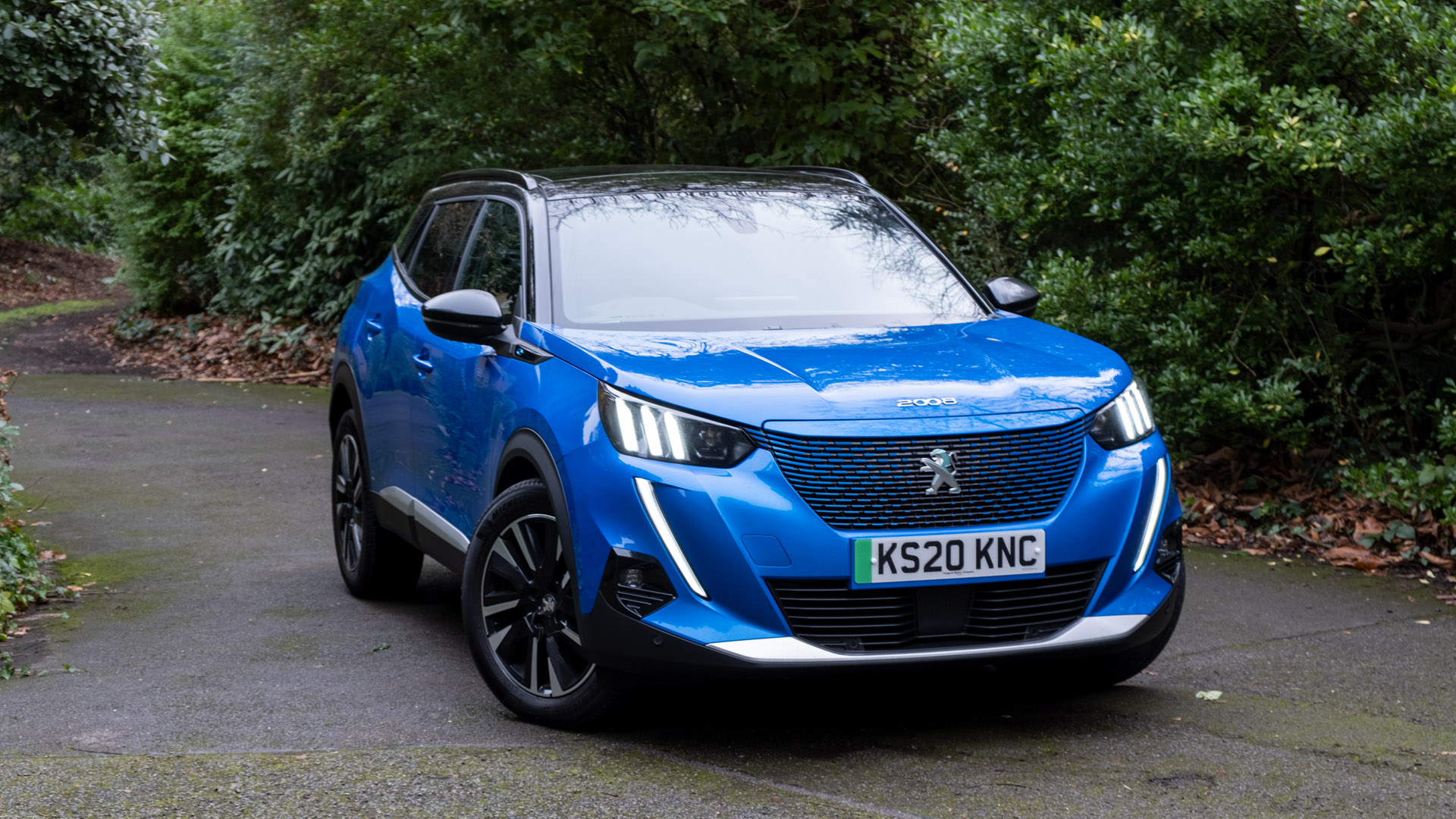
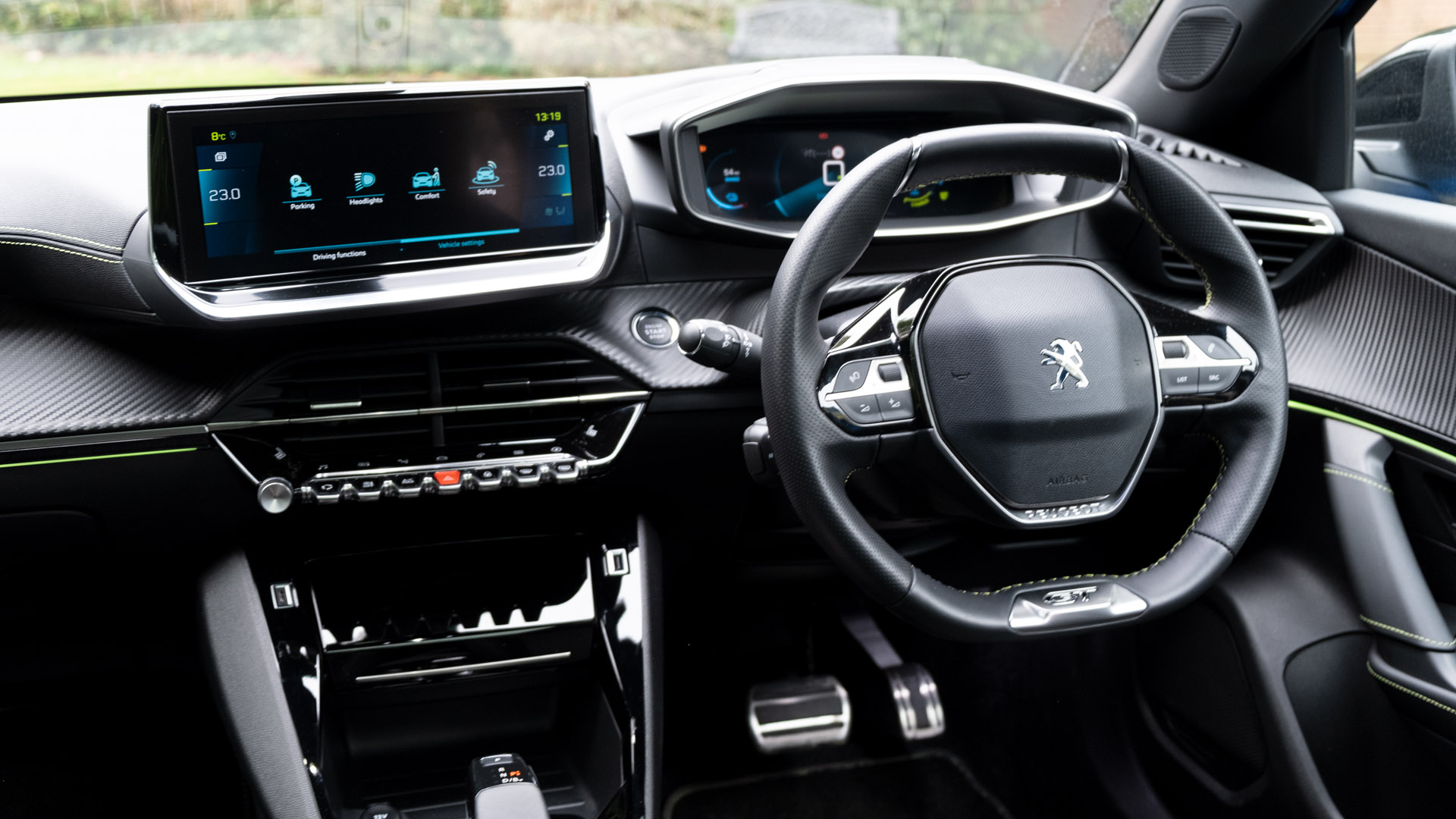
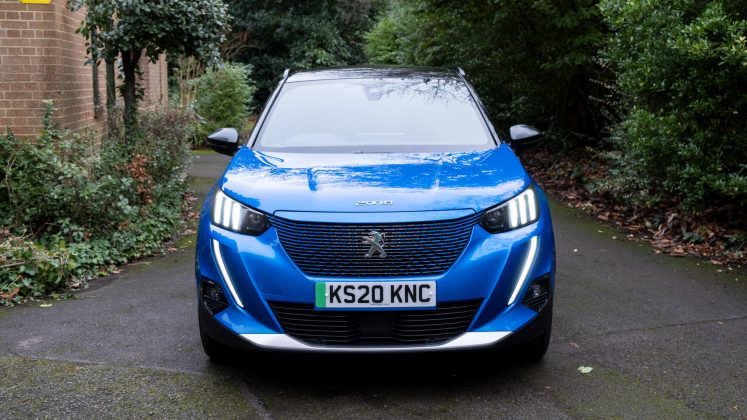
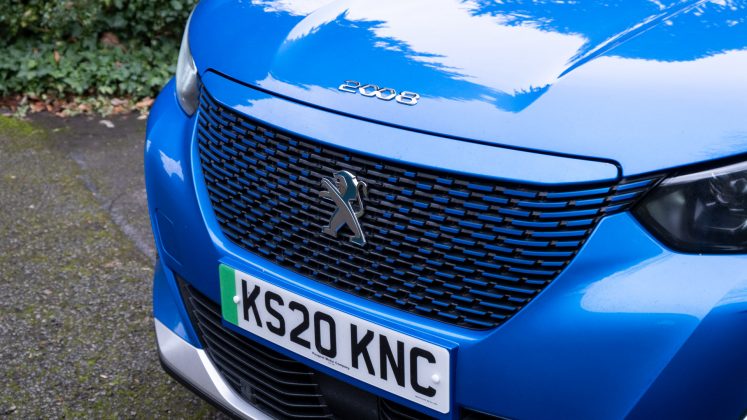
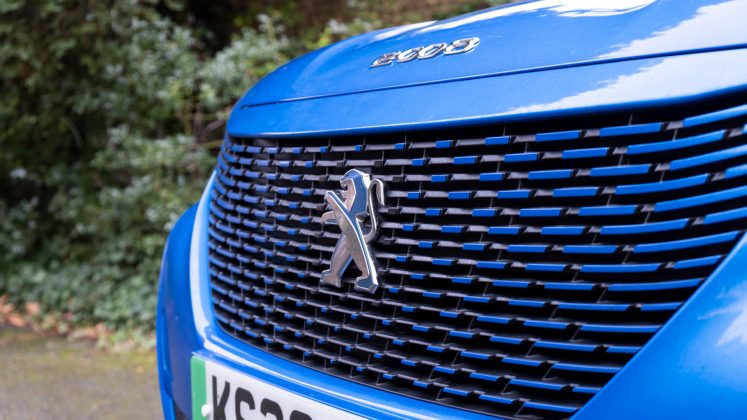
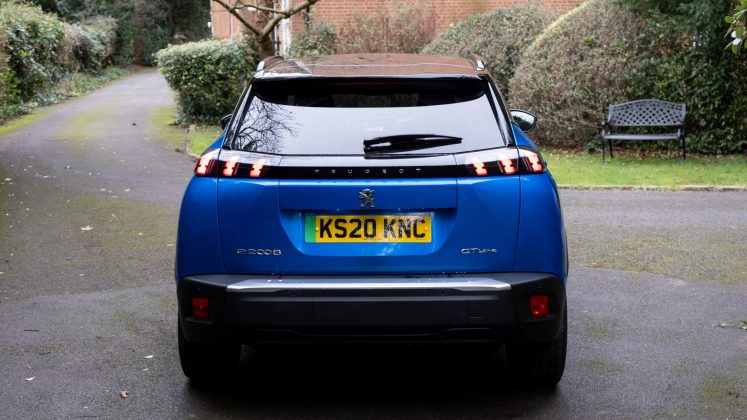
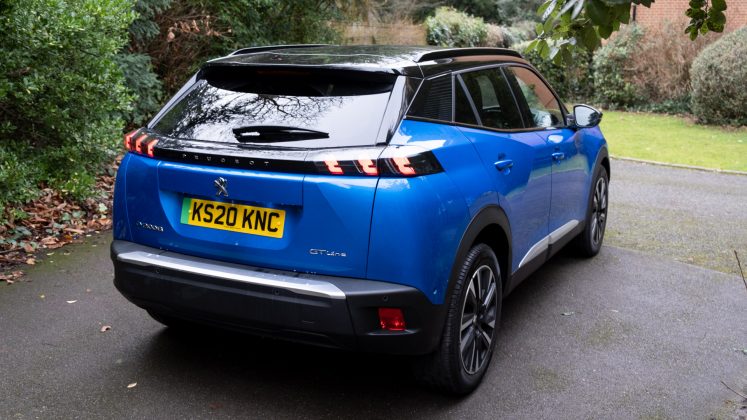
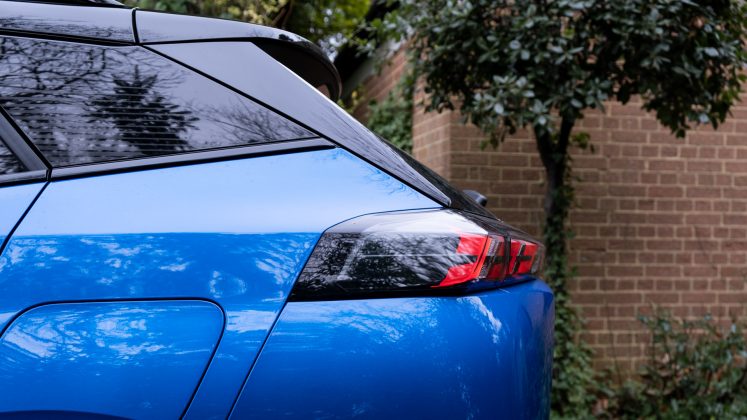
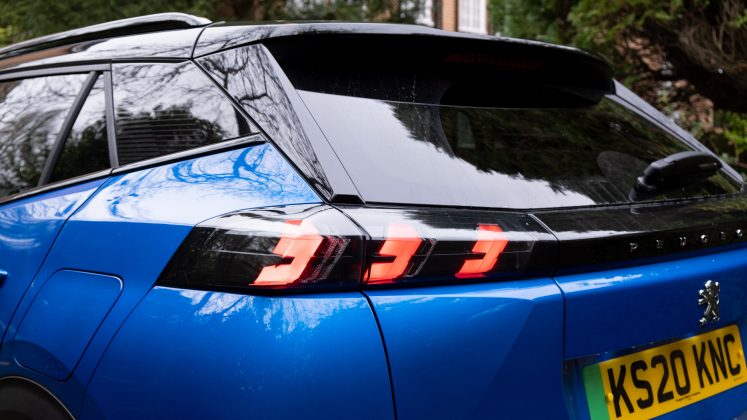
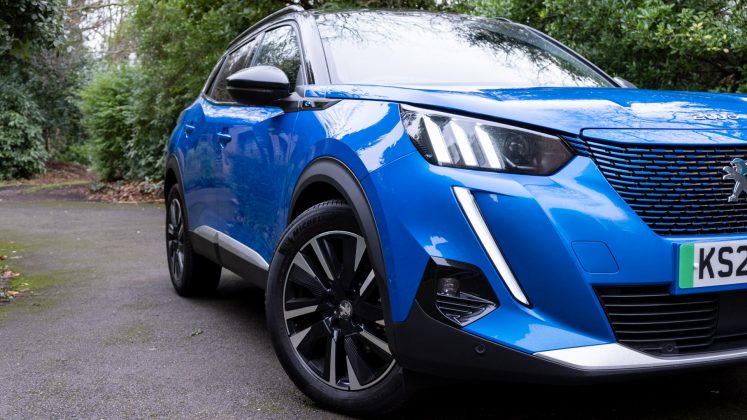
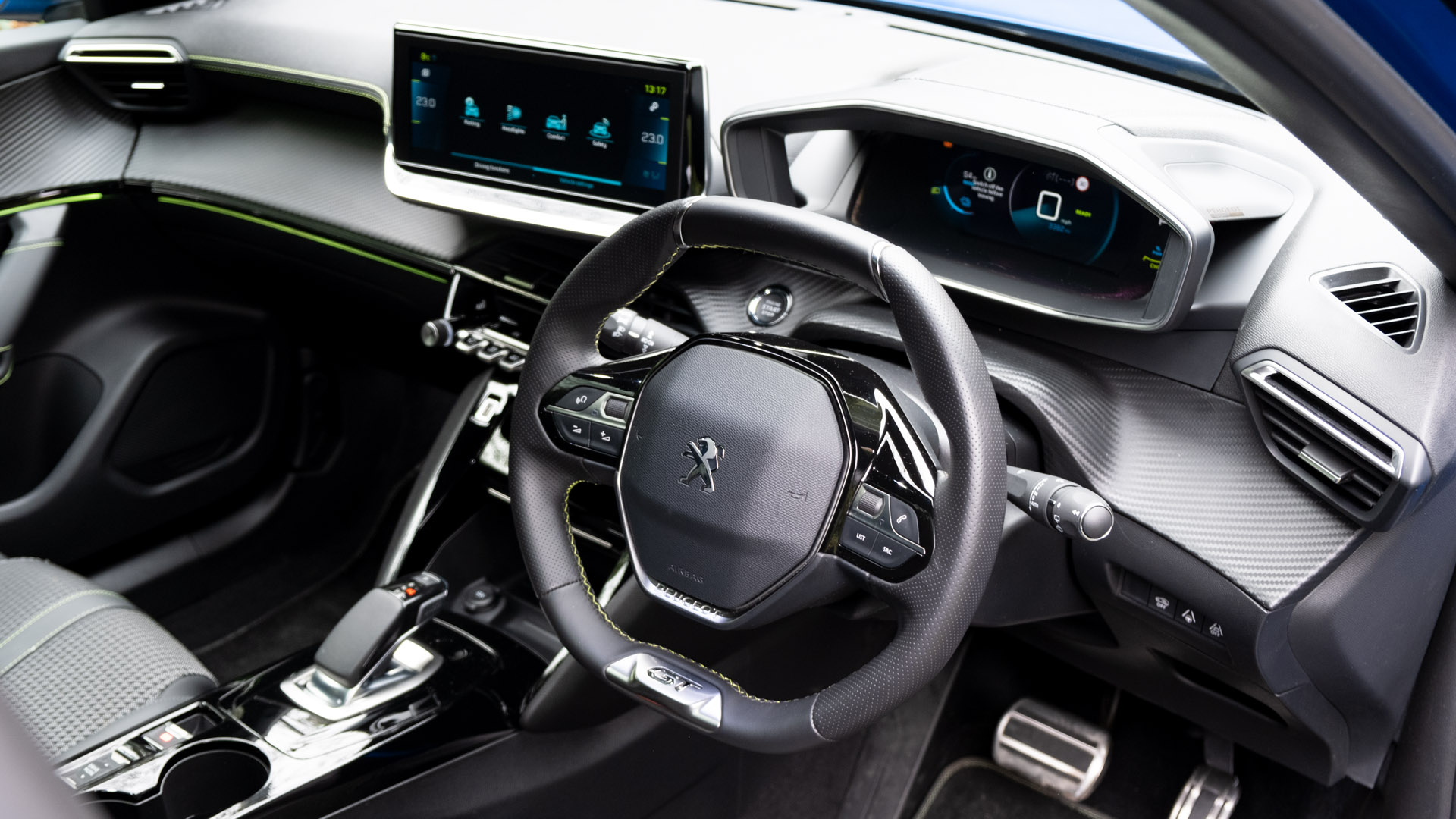
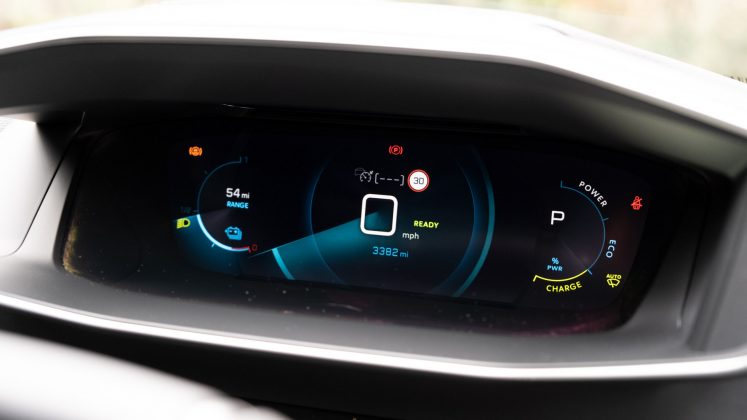
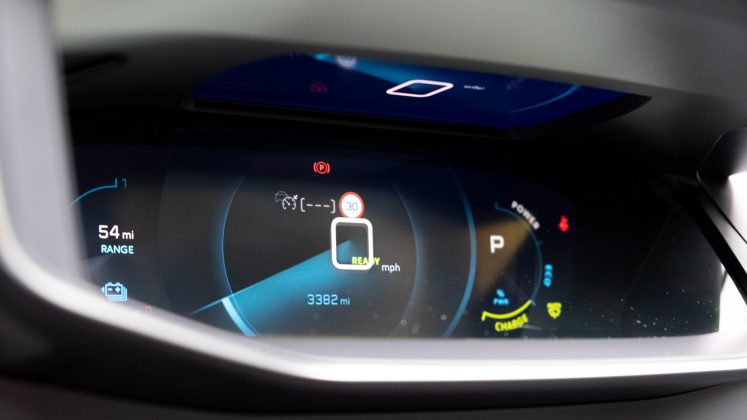
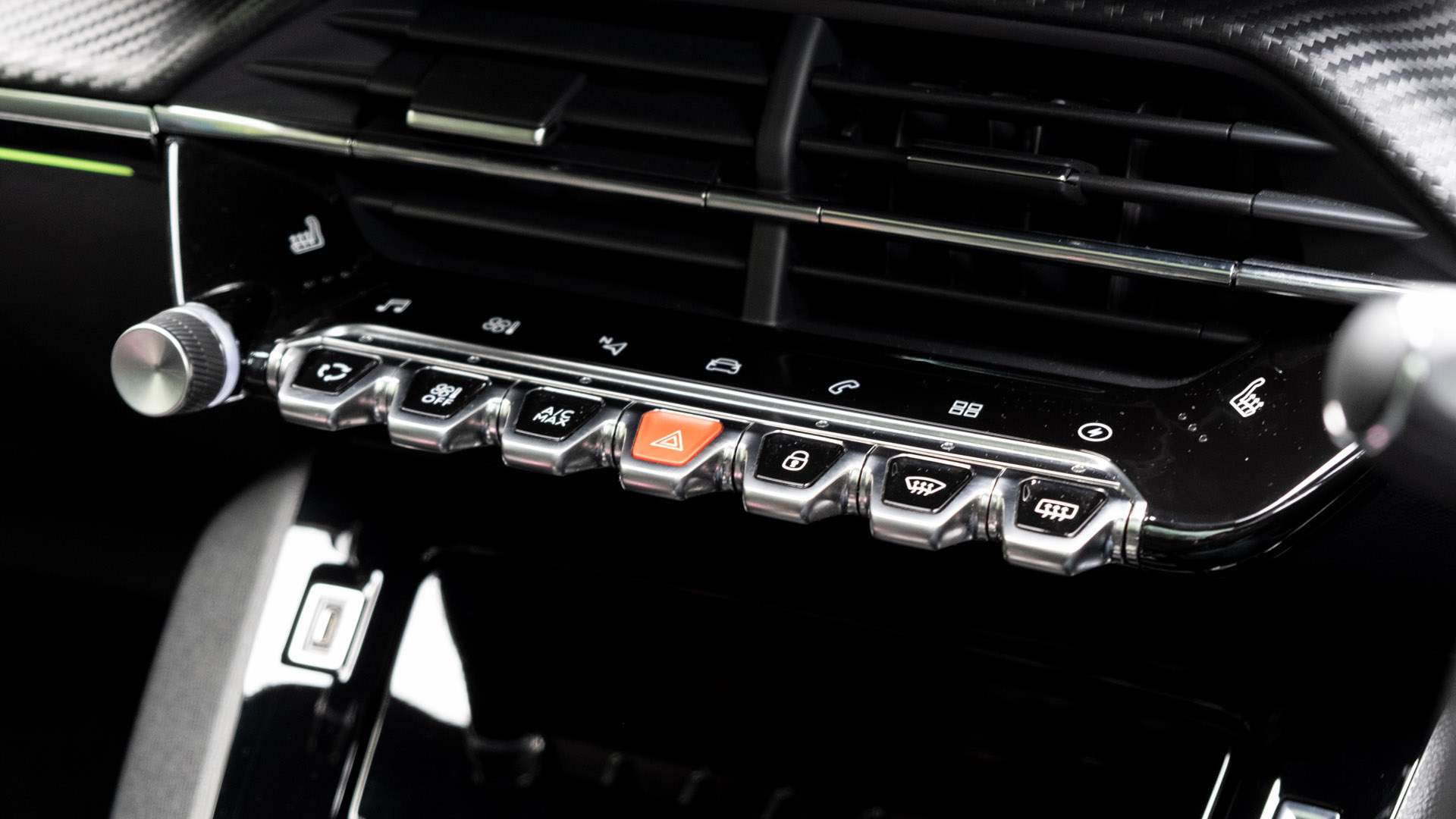
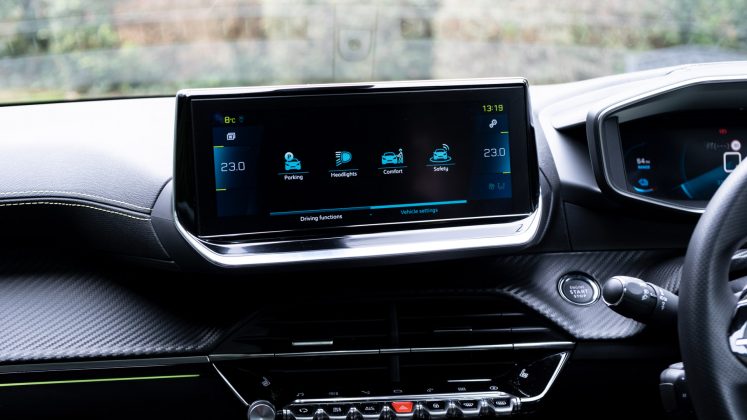
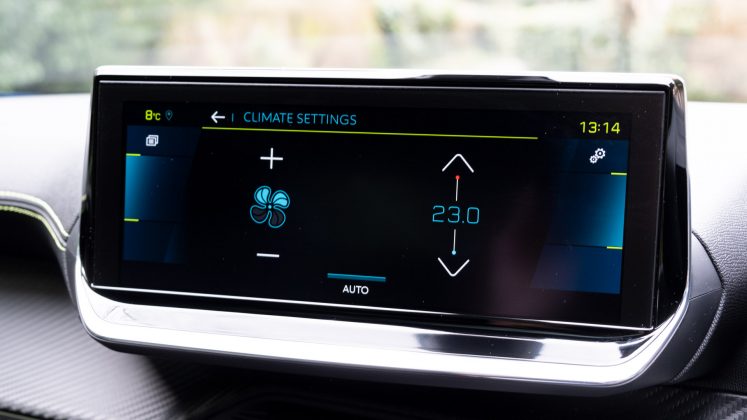
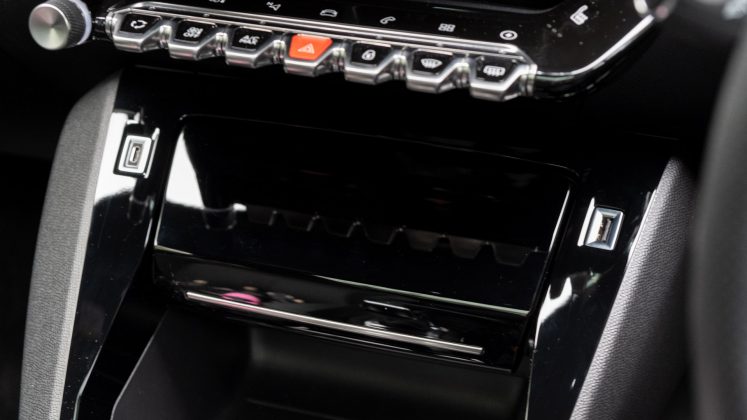
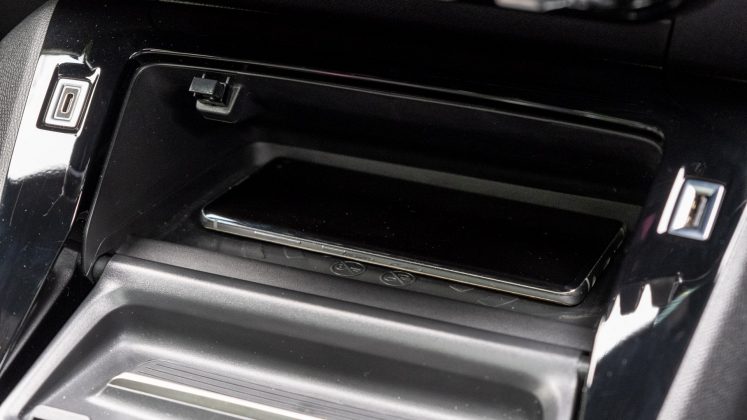
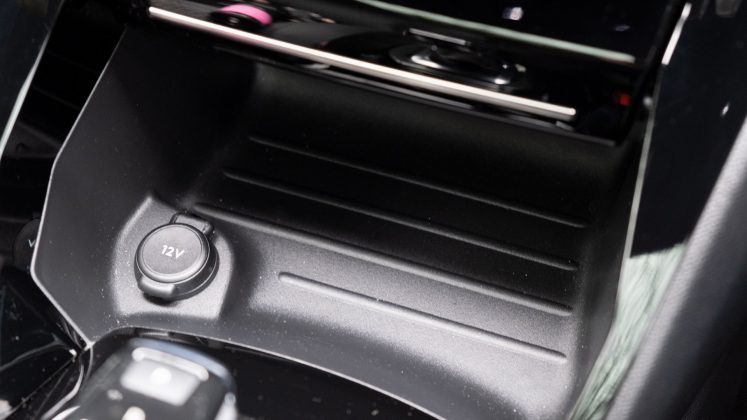
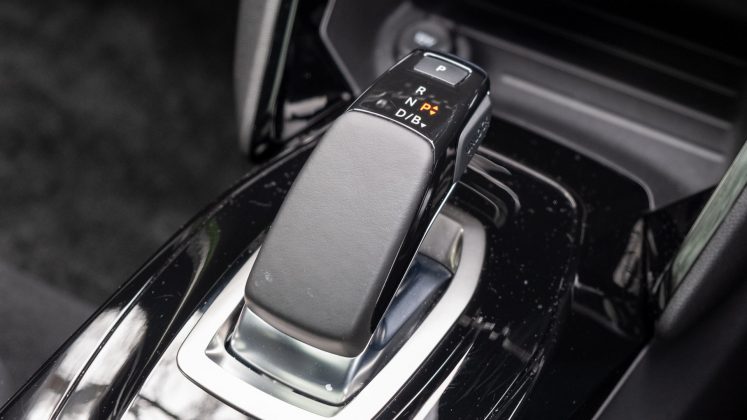
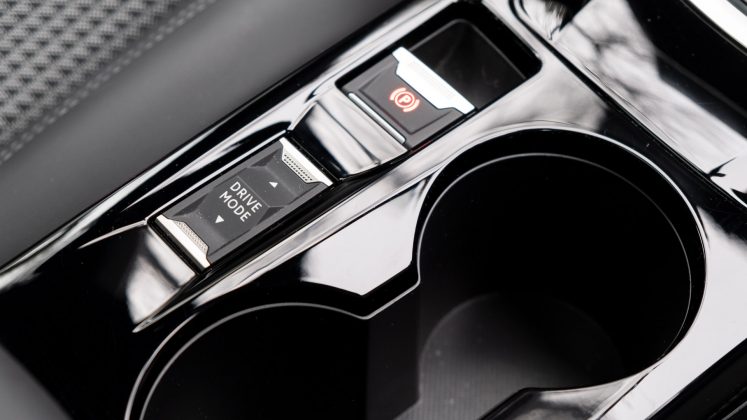
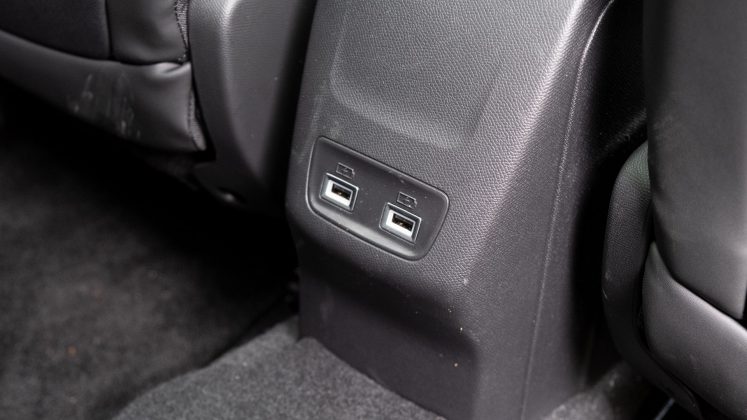
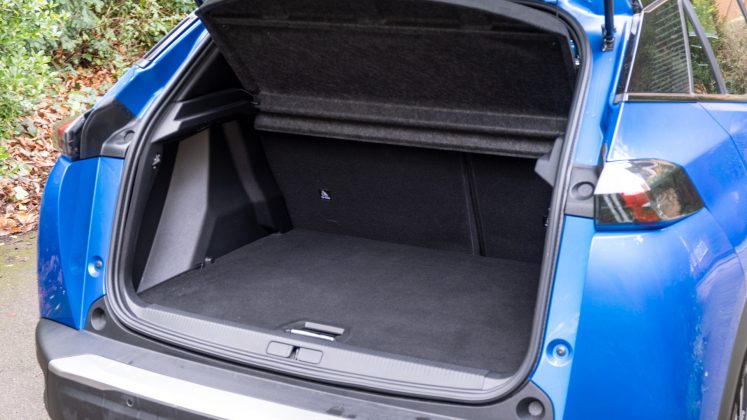
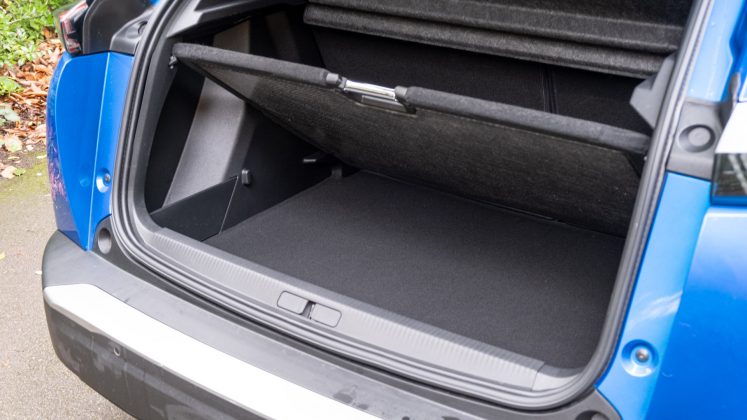
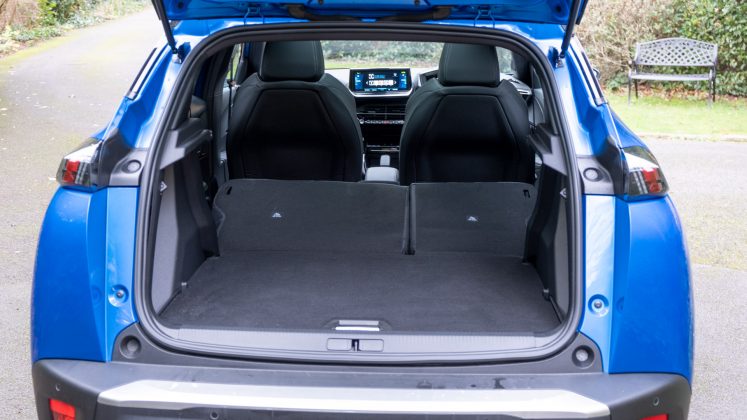
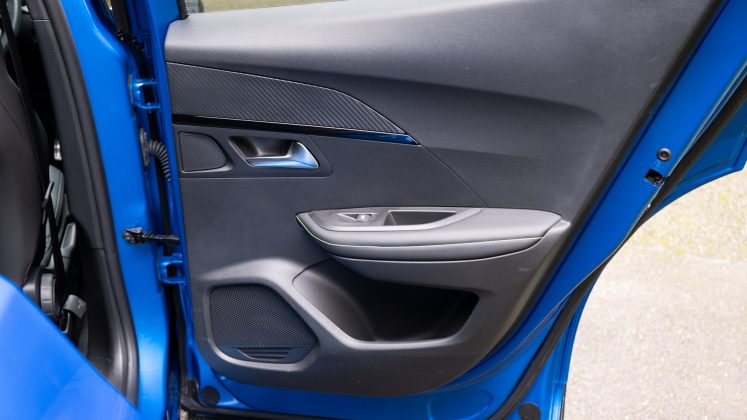
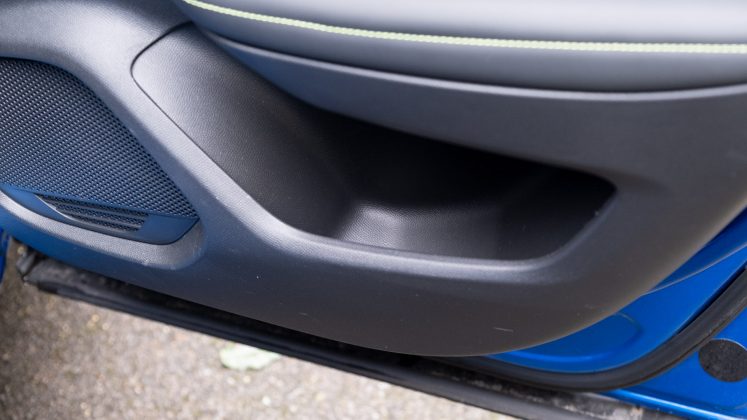
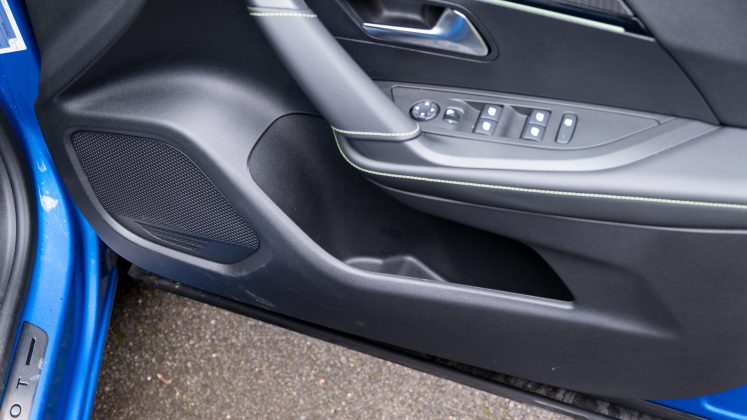
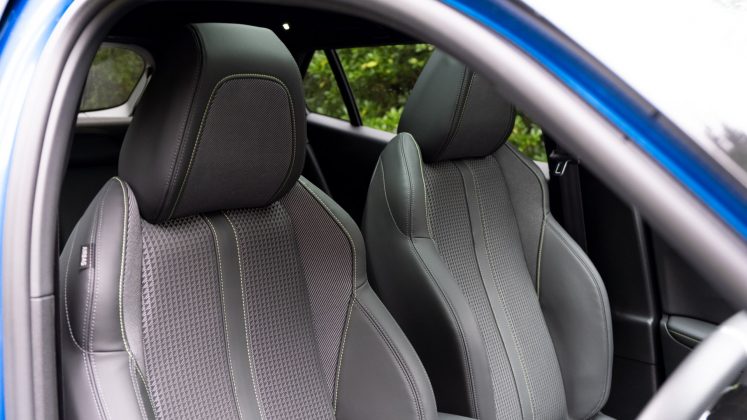
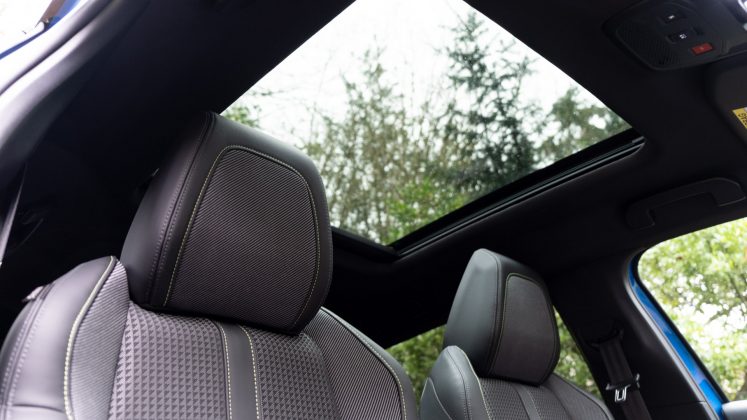
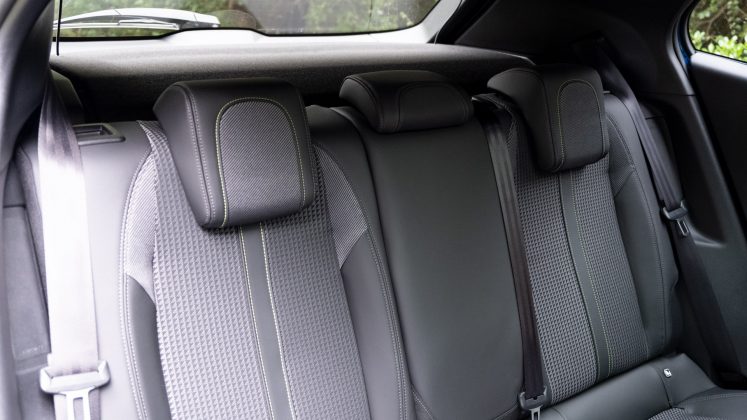
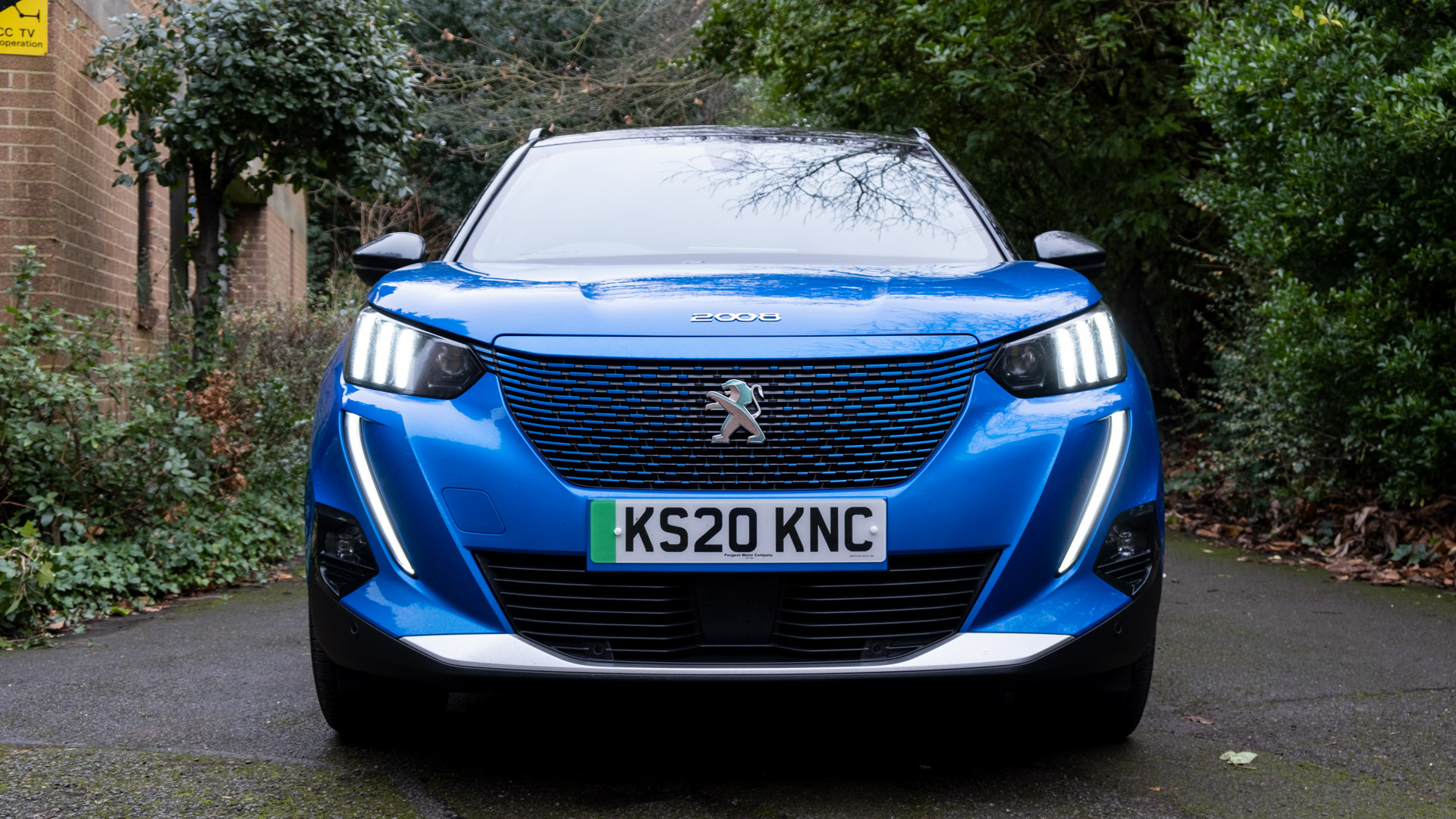

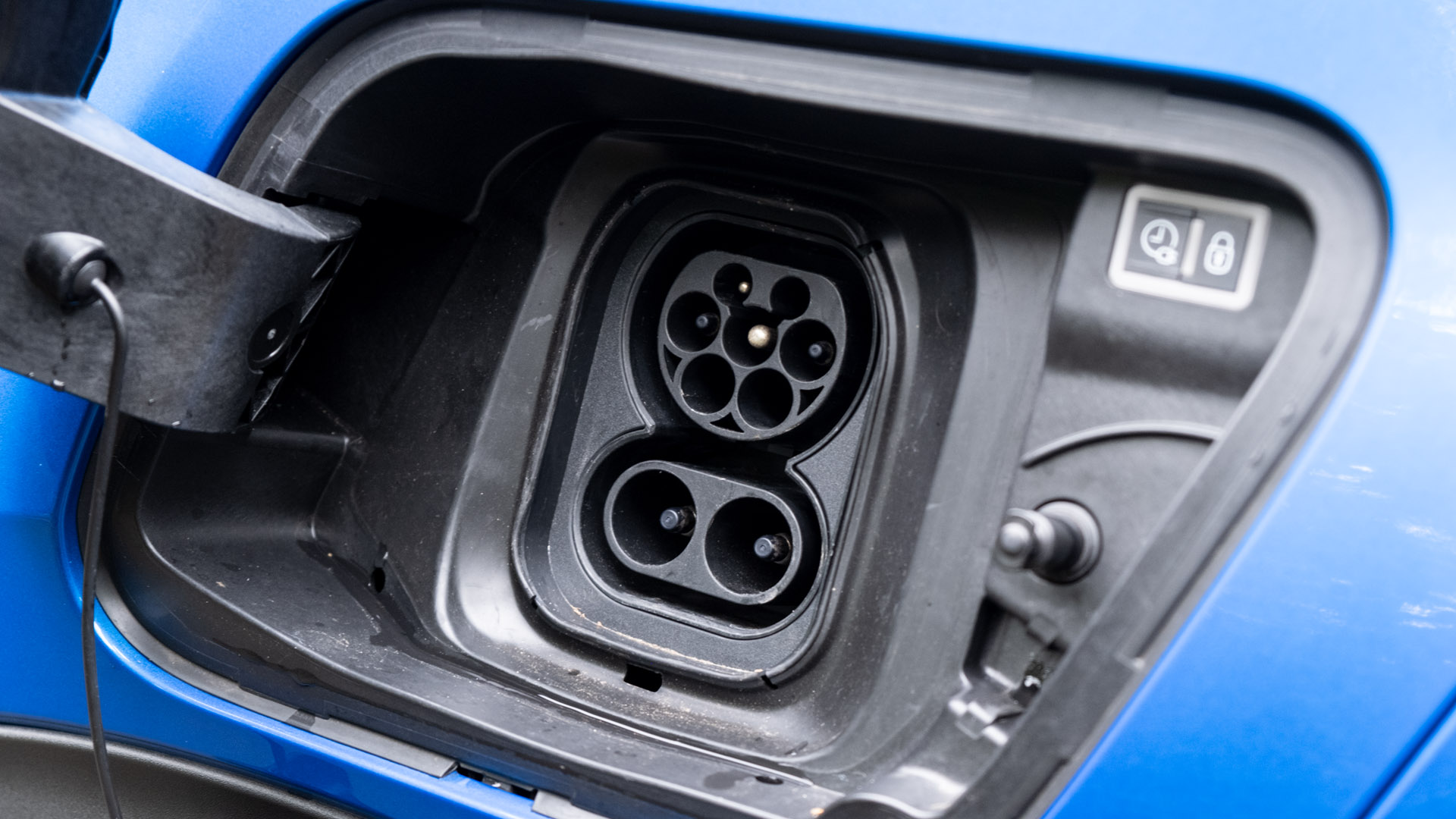
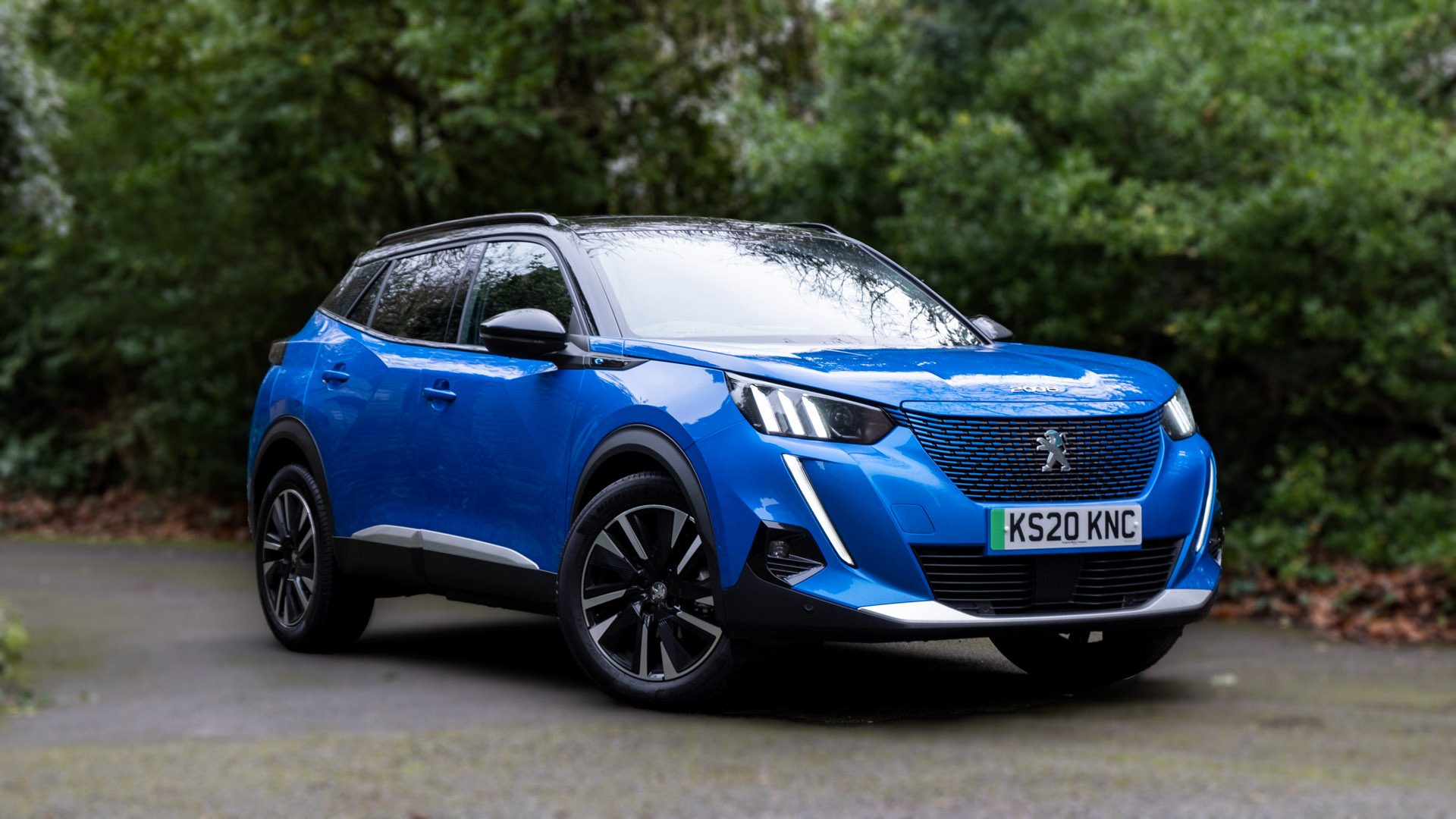




Thanks guy for this!
I am surprised there is an enigue though, considering its an electric car :O
I assume that large black box is the engine unless I’m mistaken?
Hi Jamie,
Presume you’re referring to the picture that showcases the vehicle’s internals, under the bonnet? If so, that’s the motor – there’s no engine in the e-2008; it’s fully electric!
Gald you liked the review, too 🙂